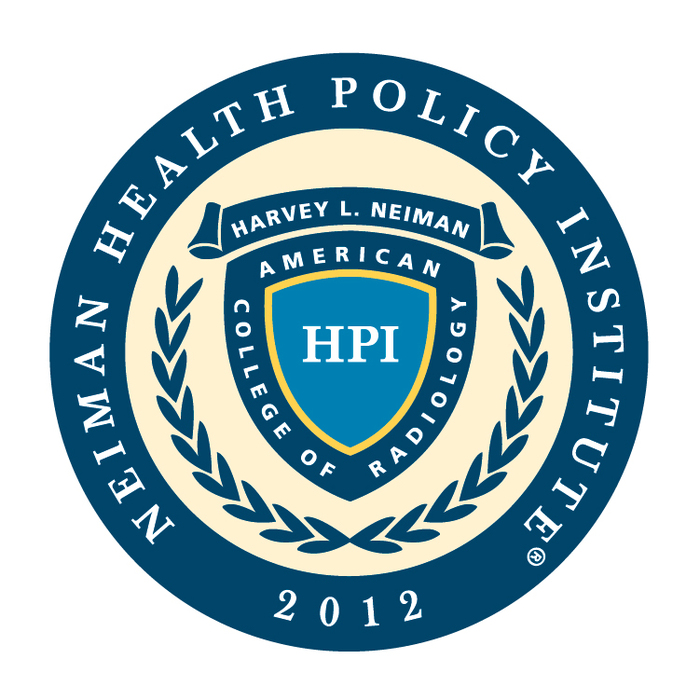Newswise — After a period of prior growth, national inferior vena cava (IVC) filter utilization in the Medicare population has markedly declined over the last decade according to a prior Harvey L. Neiman Health Policy Institute study published in 2018. How IVC filter utilization has varied at the state level as well as across different payer populations during the recent decline in utilization is unknown. This new study, published online in the American Journal of Roentgenology, assesses state level IVC filter utilization and expands the population set to include both the Medicare and the privately insured population.
Using large individual beneficiary claims-level Medicare research identifiable files and a proprietary U.S. research database of the commercially insured population, Kishore and colleagues identified all billed IVC filter placement procedures performed between 2009 and 2015. They compared the population-adjusted utilization rates by state and payer type.
“Nationally, utilization in Medicare population was 5.0 times higher than that in the private insurance utilization,” said first author Divya Kishore, fourth year medical student at Emory University. “Despite the national decline, utilization in Medicare and private insurance population increased in five and seven states, respectively.”
Between 2009 and 2015, IVC filter utilization across the United States declined by 36.3% in the Medicare population and by 26.6% in the privately insured population. For the Medicare population, state-level utilization rates varied from 48.4 to 251.3 procedures per 100,000 beneficiaries in Alaska and New Jersey. For the private insurance population, rates varied from 10.8 to 59.5 procedures per 100,000 beneficiaries in Oregon and Michigan.
“Because attention is increasingly focused on the appropriate utilization of IVC filters, our observations emphasize the continued need for investigators to use more granular nonaggregate data sources that consider both geographic and payer population variables when using administrative claims data to study utilization, so as to begin to examine the potential drivers of change,” stated Richard Duszak, MD, FACR, professor and vice chair for health policy and practice in the department of radiology and imaging sciences at Emory University and senior affiliate research fellow at the Neiman Institute.
To obtain a copy of the study or to arrange an interview with a Neiman Institute spokesperson, contact Nichole Gay at (703) 648-1665 or [email protected].
###
About the Harvey L. Neiman Health Policy Institute
The Harvey L. Neiman Health Policy Institute is one of the nation’s leading medical imaging socioeconomic research organizations. The Neiman Institute studies the role and value of radiology and radiologists in evolving health care delivery and payment systems and the impact of medical imaging on the cost, quality, safety and efficiency of health care. Visit us at www.neimanhpi.org and follow us on Twitter, LinkedIn and Facebook.
